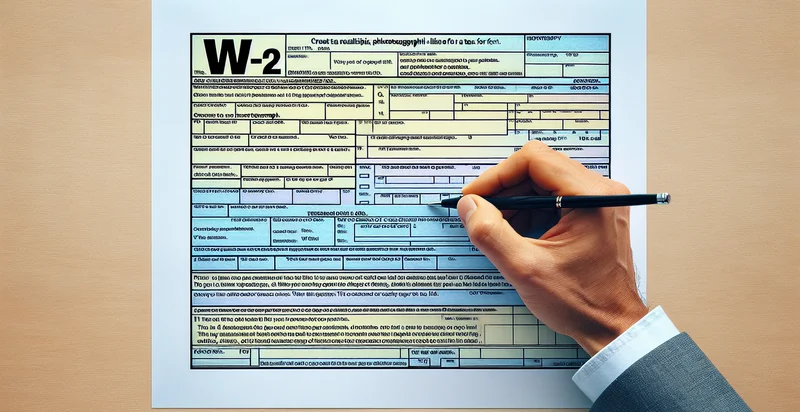Identify if a document contains images
using AI
Below is a free classifier to identify if a document contains images. Just upload your image, and our AI will predict if it contains images - in just seconds.

Contact us for API access
Or, use Nyckel to build highly-accurate custom classifiers in just minutes. No PhD required.
Get started
import nyckel
credentials = nyckel.Credentials("YOUR_CLIENT_ID", "YOUR_CLIENT_SECRET")
nyckel.invoke("if-a-document-contains-images", "your_image_url", credentials)
fetch('https://www.nyckel.com/v1/functions/if-a-document-contains-images/invoke', {
method: 'POST',
headers: {
'Authorization': 'Bearer ' + 'YOUR_BEARER_TOKEN',
'Content-Type': 'application/json',
},
body: JSON.stringify(
{"data": "your_image_url"}
)
})
.then(response => response.json())
.then(data => console.log(data));
curl -X POST \
-H "Content-Type: application/json" \
-H "Authorization: Bearer YOUR_BEARER_TOKEN" \
-d '{"data": "your_image_url"}' \
https://www.nyckel.com/v1/functions/if-a-document-contains-images/invoke
How this classifier works
To start, upload your image. Our AI tool will then predict if it contains images.
This pretrained image model uses a Nyckel-created dataset and has 2 labels, including Contains Images and Does Not Contain Images.
We'll also show a confidence score (the higher the number, the more confident the AI model is around if it contains images).
Whether you're just curious or building if a document contains images detection into your application, we hope our classifier proves helpful.
Related Classifiers
Need to identify if a document contains images at scale?
Get API or Zapier access to this classifier for free. It's perfect for:
- Automated Document Sorting: Businesses can utilize the image classification function to automatically sort incoming documents based on whether they contain images or not. This can streamline workflows by directing image-laden documents to appropriate departments, such as marketing or design, while text-only documents can be routed to data entry teams.
- Content Management Systems: In a digital asset management system, this function can help categorize and prioritize documents for easier retrieval. By identifying documents with images, users can execute focused searches that yield visually rich content, enhancing user experience and efficiency.
- Compliance and Auditing: Organizations can employ the image classification feature to ensure that all required documents contain necessary images for compliance purposes. This can be crucial in sectors like healthcare or finance, where proper documentation with images is essential to meet regulatory standards.
- E-Discovery in Legal Cases: Law firms engaged in e-discovery can utilize this function to quickly filter relevant documents that contain images, such as photographs or diagrams. This can significantly reduce the time and effort needed to identify potentially crucial evidence during litigation.
- Marketing Analytics: Marketing teams can leverage the image classification function to analyze the visual elements present in their document assets. By identifying documents with images, they can assess the effectiveness of visual content in campaigns and adapt strategies based on data-driven insights.
- Online Learning Platforms: Educational institutions can use this function to assess the richness of educational materials by determining if documents contain images. This insight can promote the inclusion of more visual content in learning resources, improving engagement and enhancing the educational experience for students.
- Insurance Claims Processing: Insurance companies can implement the image classification feature to streamline claims processing by quickly identifying documents that contain supporting images, such as photos of damages. This allows for faster claim assessments and payouts, improving customer satisfaction and operational efficiency.


